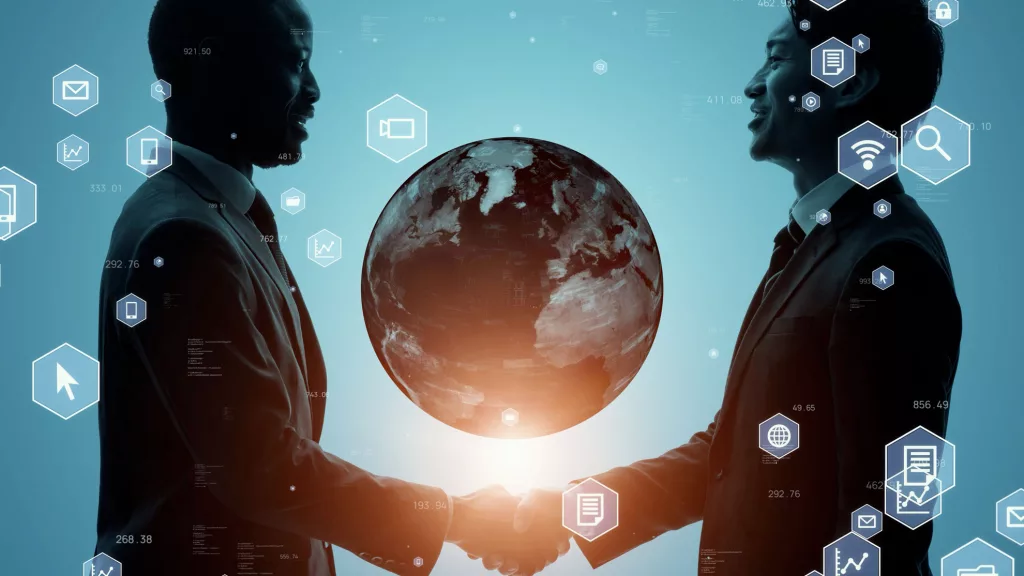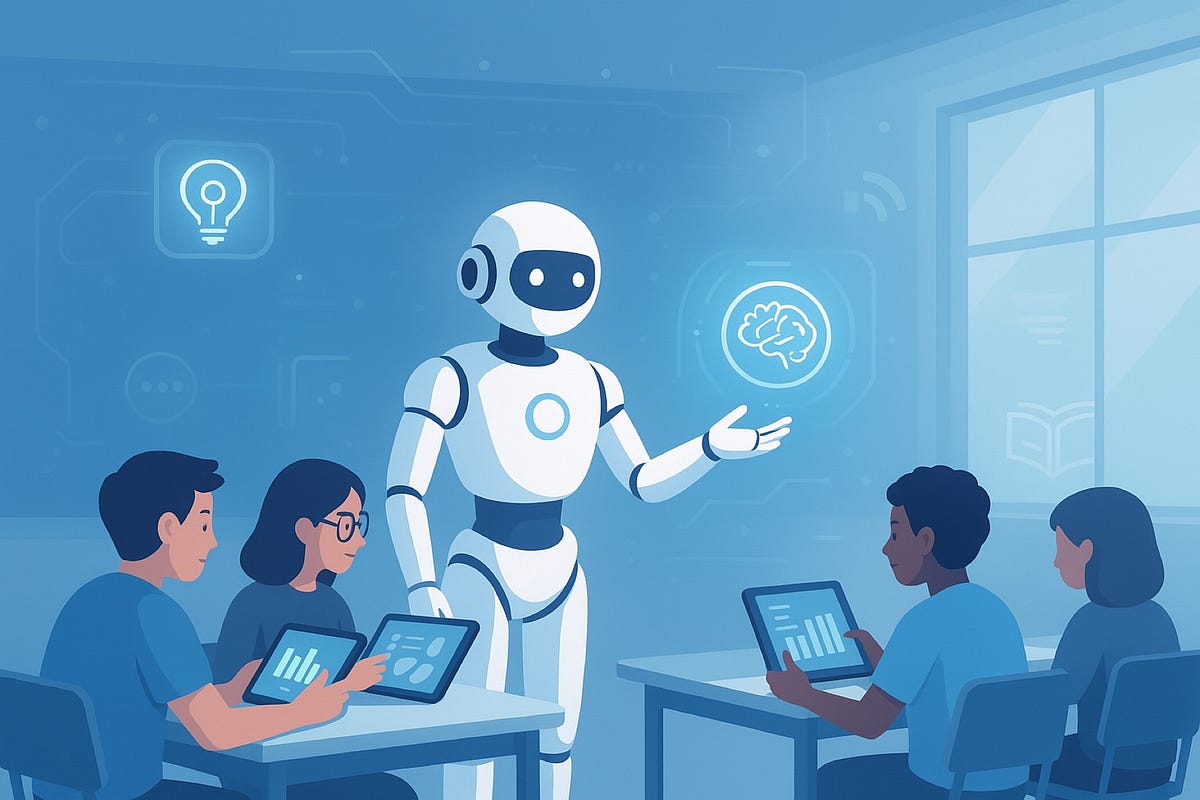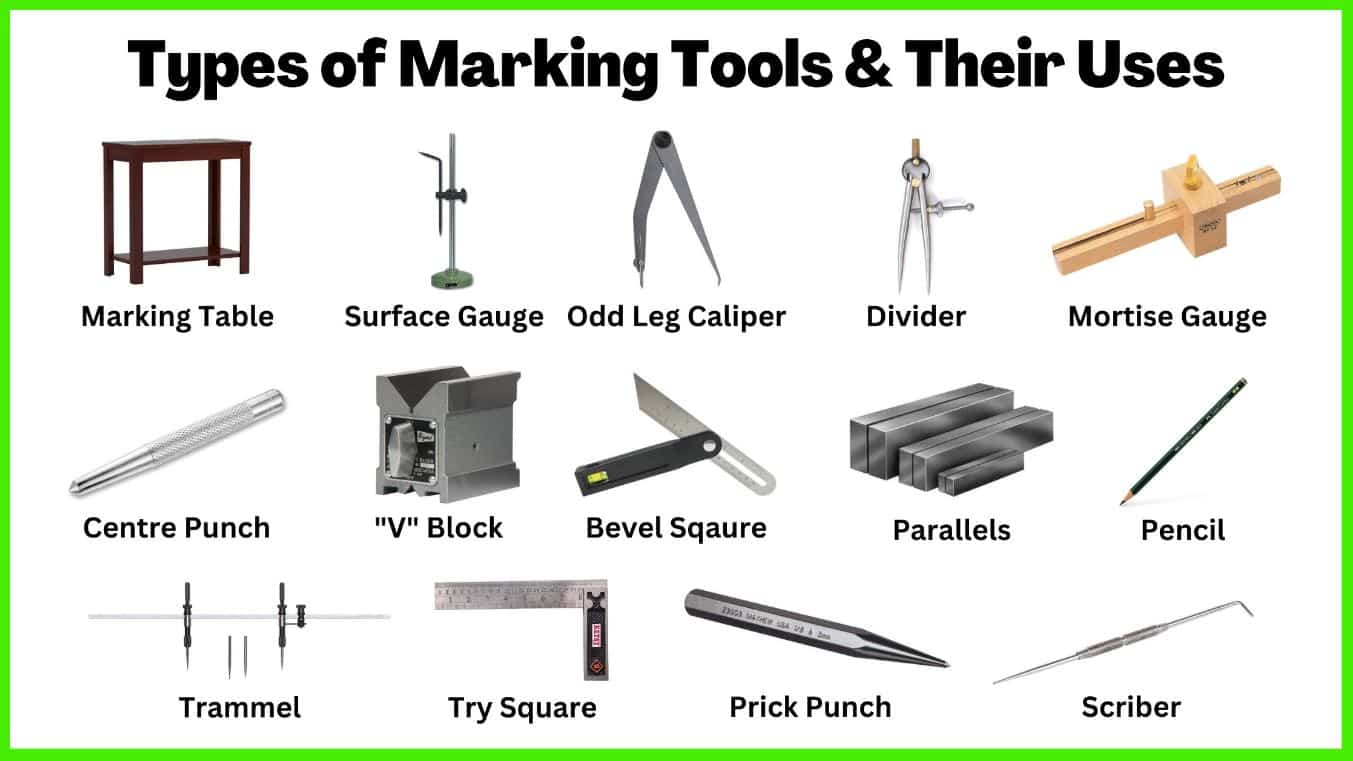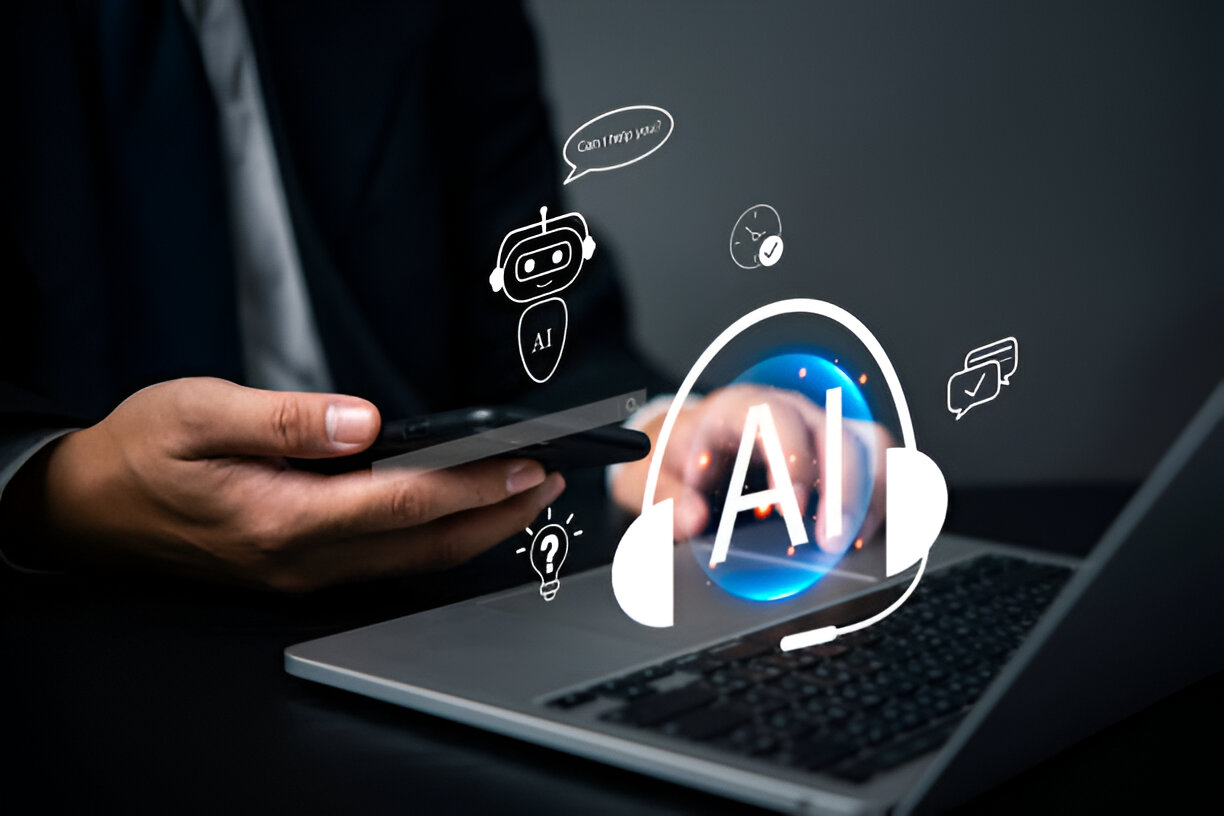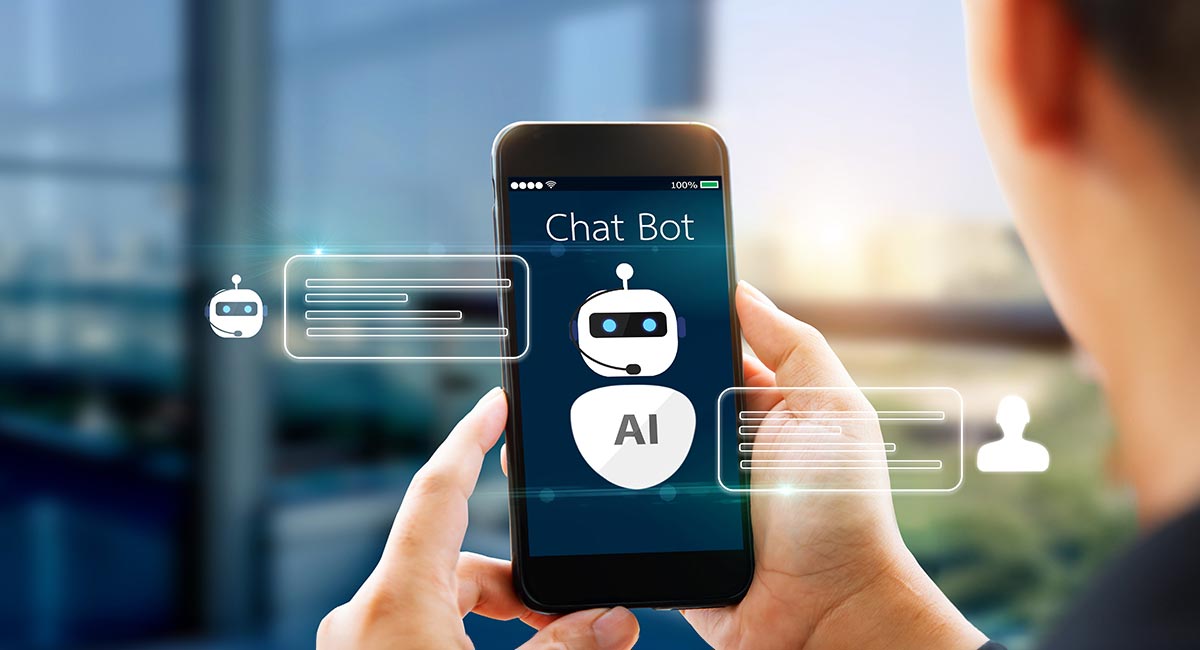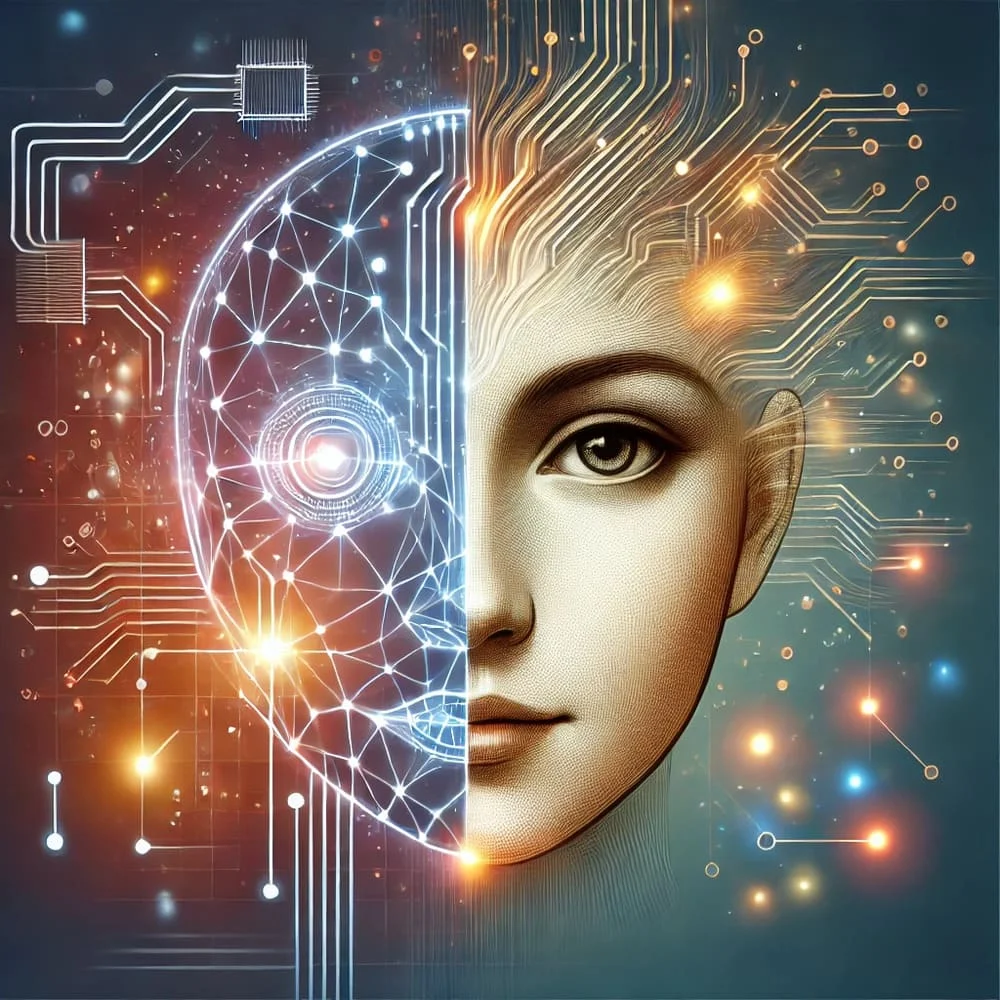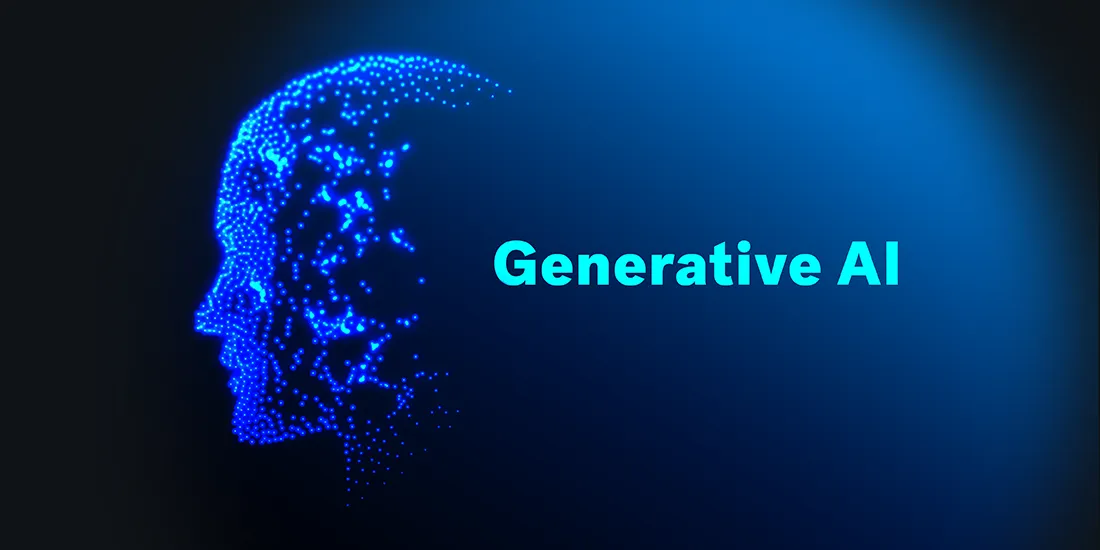Exploring the Role of AI and Human Expertise in Shaping the Future of Global Business Communication
Introduction
Language plays a crucial role in Global Business Communication. When companies aim to communicate across borders, accurate translation becomes essential to ensure the message is conveyed clearly and effectively. Today, there are two main translation approaches: AI-based translation and human translators. Each has its own strengths and limitations. In this blog, we’ll explore when AI translation is better suited and when human translators are the preferred choice in Global Business Communication.
AI Translation: Advantages and Limitations
Advantages
✅ Speed
AI can translate large documents or website content instantly, increasing the pace of Global Business Communication.
✅ Cost Efficiency
Especially when frequent and high-volume translation is required, AI proves to be a more cost-effective solution.
✅ Consistency
If a phrase or term appears repeatedly, AI can ensure it’s translated the same way every time helpful for maintaining brand consistency.
✅ Multilingual Support
AI can handle multiple languages simultaneously, even rare ones making Global Business Communication more accessible globally.
Limitations
❌ Cultural Context & Nuance
AI often fails to interpret idioms, metaphors, and cultural subtleties accurately. This can lead to misunderstandings in Global Business Communication.
❌ Tone & Brand Voice
Each brand has a unique tone — friendly, professional, emotional, etc. AI may struggle to preserve that voice in translation.
❌ Specialized Content
Fields like legal, medical, technical, or financial content often involve complex terminology, which AI may misinterpret or mistranslate.
❌ Security & Confidentiality
If sensitive company data is run through AI systems, data protection and privacy can become serious concerns.
Human Translators: Strengths and Challenges
Strengths
✅ Semantic Accuracy & Depth
Human translators understand the language, context, culture, and purpose, offering deep and accurate translation — essential for effective Global Business Communication.
✅ Emotional Intelligence & Brand Feel
They can convey the brand’s personality and emotion in ways AI cannot.
✅ Quality Assurance & Accountability
Human translators take responsibility for the quality of their work and can make necessary corrections.
✅ Cultural Sensitivity
They are aware of cultural norms and expectations, adjusting translations accordingly to avoid offense or confusion.
Challenges
❌ Cost & Time
Human translation is generally more time-consuming and expensive, especially when translators are limited.
❌ Lack of Consistency
Different translators may have different styles or interpretations unless strict guidelines are provided.
❌ Difficult to Scale
Large-scale translation requires many human resources, which may not be feasible for every organization.
Which is Better, When? Comparison Table
| Scenario / Need | AI Translation | Human Translation |
| Need to quickly translate large content | ✅ | ❌ |
| Routine emails, blog posts, general documents | ✅ (then reviewed) | ❌ |
| Legal, medical, or contract-related content | ❌ | ✅ |
| Brand tone and emotional impact | ❌ | ✅ |
| Creative ads, marketing campaigns | ❌ | ✅ |
| Need for instant multilingual translation | ✅ | ❌ or limited |
Many companies now use a hybrid model — AI for the first draft, followed by human editing — to balance speed, cost, and quality.
Best Practices for Global Business Communication
- Define Translation Standards
Decide which content requires which level of quality (e.g., contracts vs. blog posts) and choose AI or human translation accordingly. - Create a Terminology Glossary
Prepare a glossary of brand-specific terms that both AI and human translators can follow for consistency. - Include Human Review and Feedback Loops
Always have a human review AI translations. Use quality checks, proofreading, and feedback systems to continuously improve. - Cultural Training
Train translators on the culture, tone, and expectations of your target markets to ensure effective Global Business Communication. - Special Handling for Sensitive Content
For legal or medical documents, use only human translators — or at least perform a human review after AI translation. - Technical Integration
Integrate AI translation tools with your CMS, CRM, or other business systems to automate workflow while keeping human oversight.
Final Thoughts:Finding the Right Balance
In today’s global market, the success of Global Business Communication depends on how well your message crosses borders — not just linguistically, but also culturally and emotionally. AI offers unmatched speed and affordability, but it lacks the human ability to understand context and convey emotion.
The most effective strategy is a balanced one: use AI for volume and speed, and human translators for precision, tone, and nuance. This hybrid approach ensures both efficiency and effectiveness in your communication.
Whether you’re entering new markets or expanding your international reach, investing in the right translation strategy is crucial for global success.
FAQs
AI vs Human Translators in Global Business Communication
1. Can AI completely replace human translators?
No, AI cannot fully replace human translators, especially when it comes to cultural sensitivity, brand tone, and complex language structures.
2. Which is better for Global Business Communication: AI or human translators?
It depends on the content. AI is better for quick, general content; human translators are better for sensitive, legal, or creative content.
3. Can both AI and human translation be used together?
Yes, many businesses use AI to draft translations and have human translators refine them. This hybrid model is both efficient and high quality.
Best AI Chatbot Tools in 2025 – Top Picks for Work & Business

